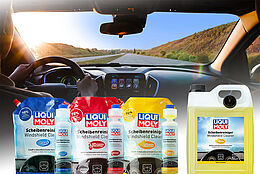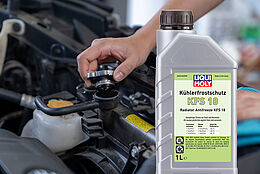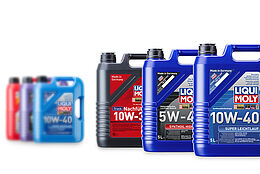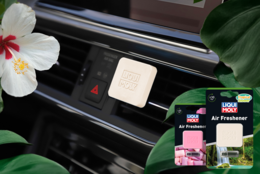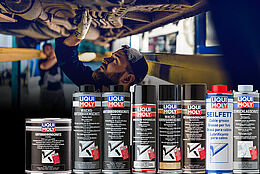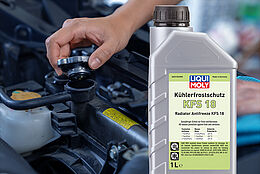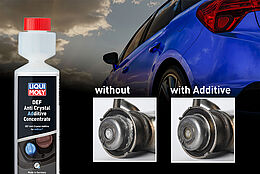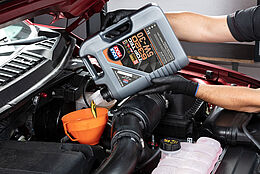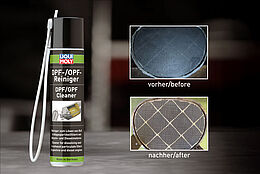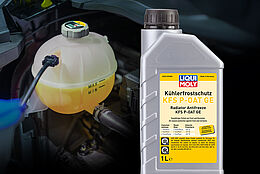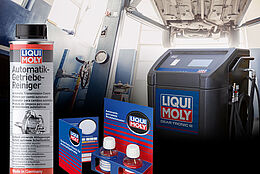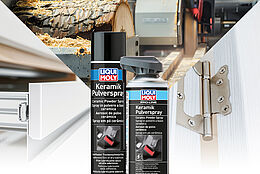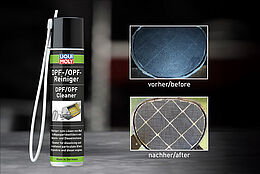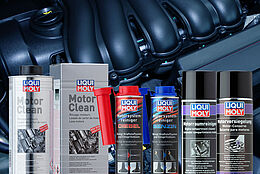- 3min
Remedy for clogged diesel particulate filters

The purpose of the diesel particulate filter (DPF) is to reduce emissions from diesel vehicles. The filter collects soot particles that are created during the combustion process in the engine and prevents them from being released into the environment.
Normally, the DPF burns itself clean at a temperature of over 550 degrees Celsius. However, this temperature cannot be reached for burning off the particulate filter if the vehicle is frequently driven short distances or in continuous stop-and-go operation. For this reason, short-distance and city vehicles are particularly affected by the problem of blocked diesel particle filters.
To prevent expensive repairs, high emissions and exhaust system problems, there are four things you can do:
1. Professional diesel particulate filter cleaning
The most thorough solution is regular cleaning of the diesel particulate filter. It is the best way to extend the life of your DPF, by carefully removing even heavily encrusted soot deposits from the surface of the DPF. It also reduces pollutant emissions and fuel consumption.
The second advantage: The DPF is cleaned while still installed, which makes it very cost-effective compared to repair or replacement.
3. Professional engine system cleaning
A dirty combustion system can also lead to increased soot and ash formation and thereby to a risk of clogging the DPF. For example, deposits on the injectors change their injection pattern. The injectors can no longer atomize the fuel finely and inject larger fuel droplets, which do not burn completely. This causes more soot to form, which also ends up in the DPF. In addition, oil deposits and dirt in the intake system lead to improper combustion and increased soot and ash formation.
You can prevent this proactively with professional engine system cleaning.
4. The right engine oil
Residues of engine oil can accumulate as residues in the particulate filter. These cannot be eliminated by the usual regeneration mode. We therefore recommend that you pay attention to the specification issued by the manufacturer as well as the so-called “low-ash property” for engine oils.

